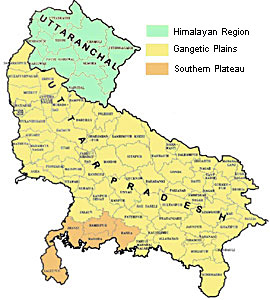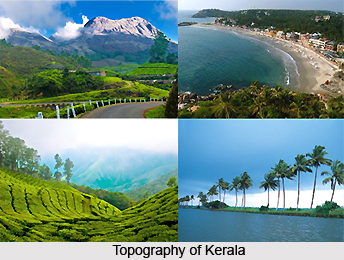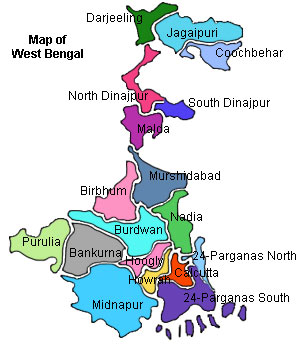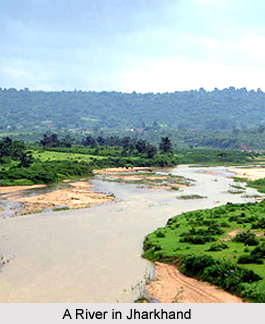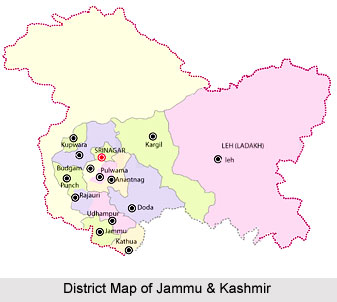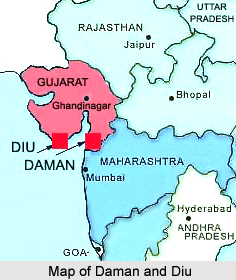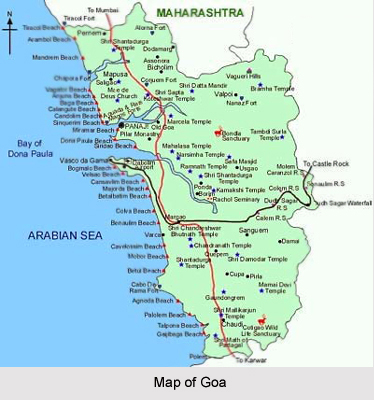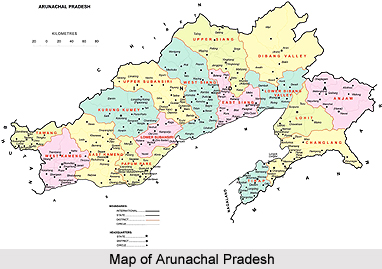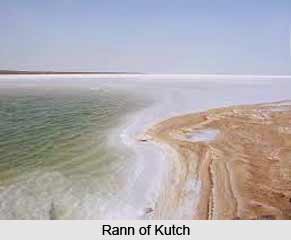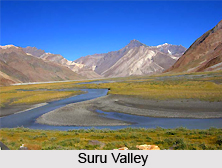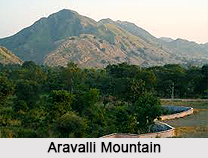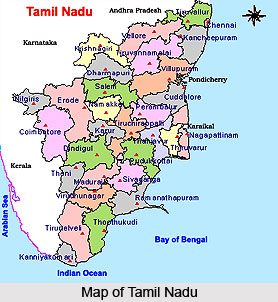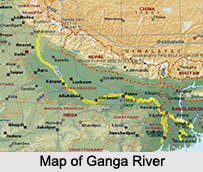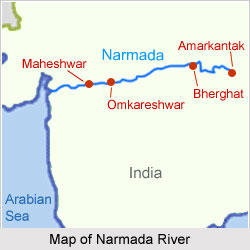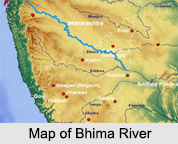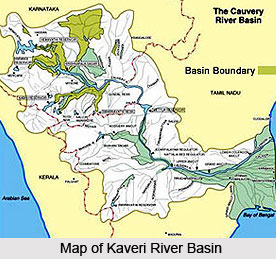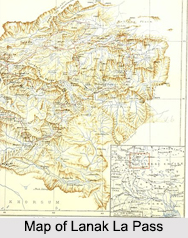 Lanak Pass, also called Lanak La Pass is a mountain pass, which is located in the Tibet Autonomous Region, China. The pass acts as the border between India and China, though China considers the Kongka Pass as its border with India. Lanak Pass on the southern boundary of the Aksai Chin region is controlled by China. It is a well-established frontier point between Ladakh and Tibet. During British period Lanak La Pass was made the traditional boundary between Ladakh and Tibet. But according to modern scholars Kongka Pass is the border between China and India.
Lanak Pass, also called Lanak La Pass is a mountain pass, which is located in the Tibet Autonomous Region, China. The pass acts as the border between India and China, though China considers the Kongka Pass as its border with India. Lanak Pass on the southern boundary of the Aksai Chin region is controlled by China. It is a well-established frontier point between Ladakh and Tibet. During British period Lanak La Pass was made the traditional boundary between Ladakh and Tibet. But according to modern scholars Kongka Pass is the border between China and India.
Indian Rights on Lanak Pass
Between Lanak and Kongka passes, there is located Chang Chenmo Valley, in which Kashmiri Government holds strong records for construction and maintenance of trade routes, rest houses, and storehouses. Along with this report, 1908 Ladakh Settlement Report, reports of several survey teams, the Jammu and Kashmir Game Preservation Act of 1951, all of them placed the Chang Chenmo Valley up to the Lanak La Pass within Ladakh Region. According to the Indian sources there were no Chinese troops in the area in 1952. Indian army patrolled up to Lanak La until 1958 and planted the Indian flag until 1956. In October 1959, Indian troops crossed the Kongka Pass in an attempt to establish posts on Lanak La. This resulted in a clash with the Chinese soldiers of Kongka area.
This article is a stub. You can enrich by adding more information to it. Send your Write Up to content@indianetzone.com
